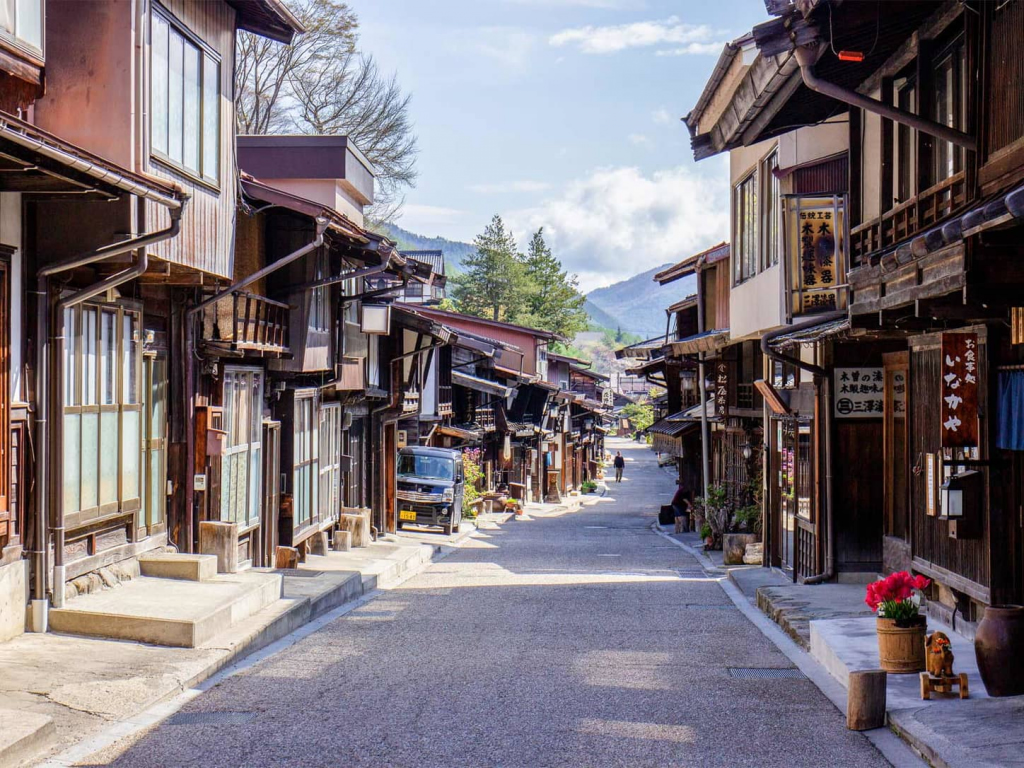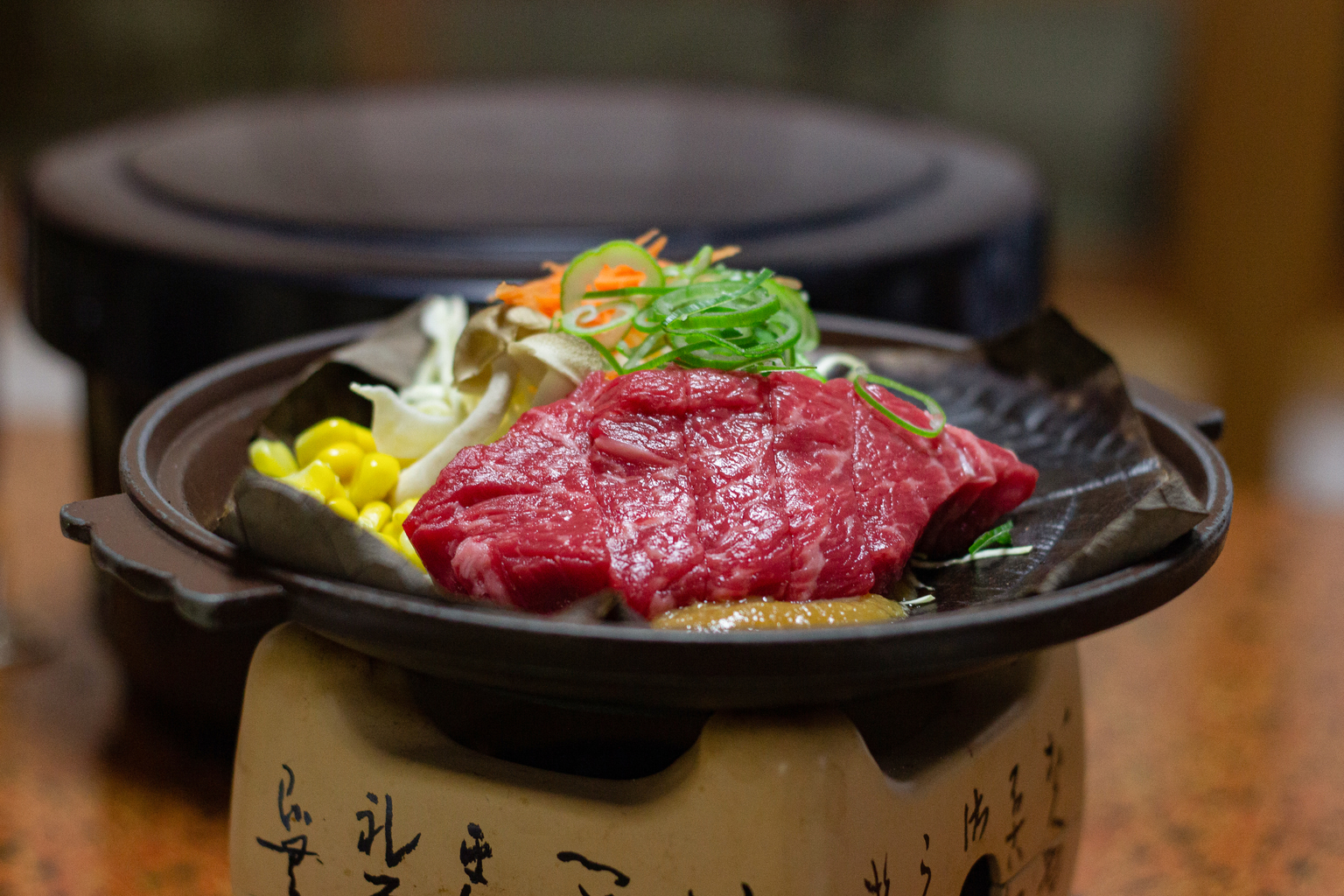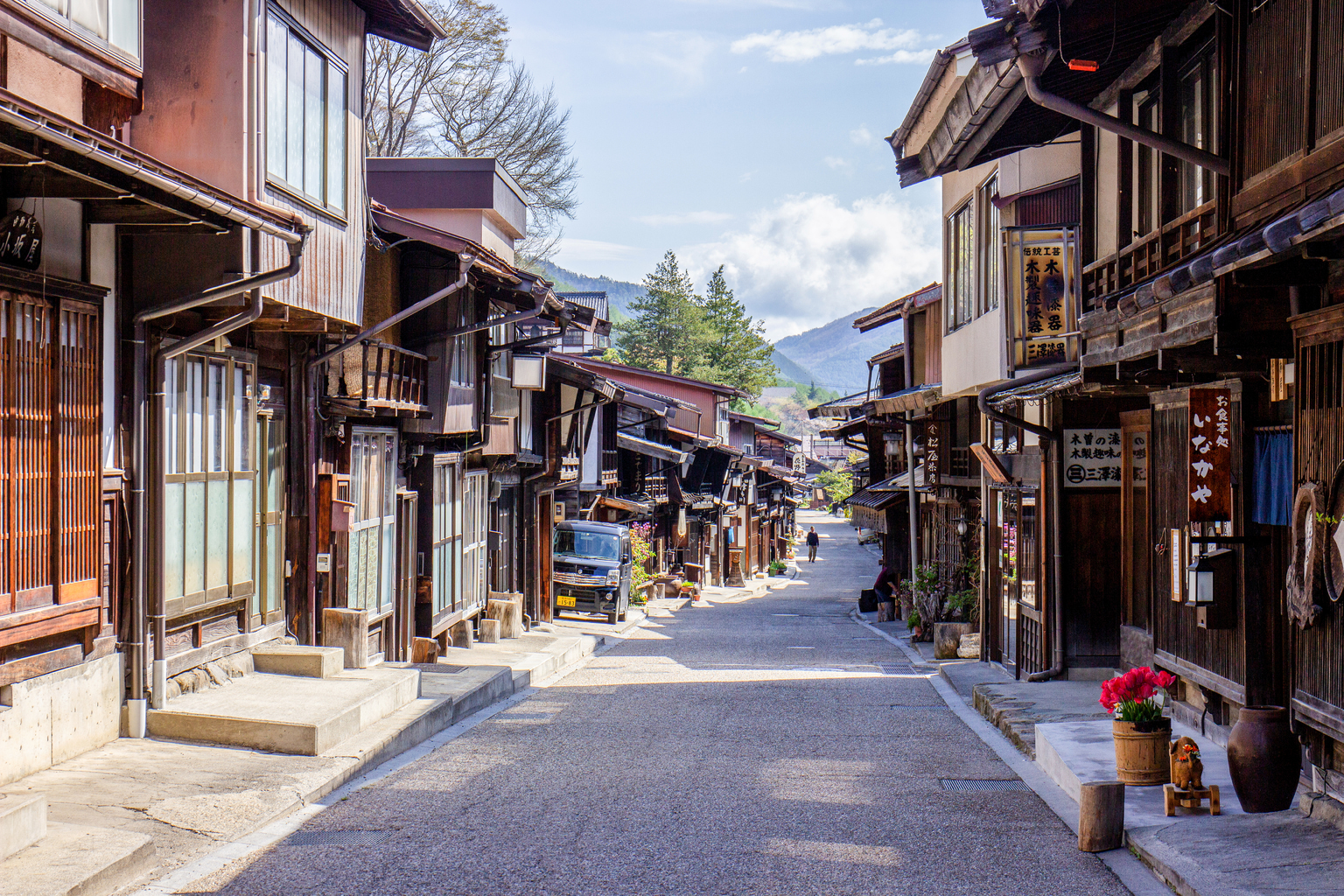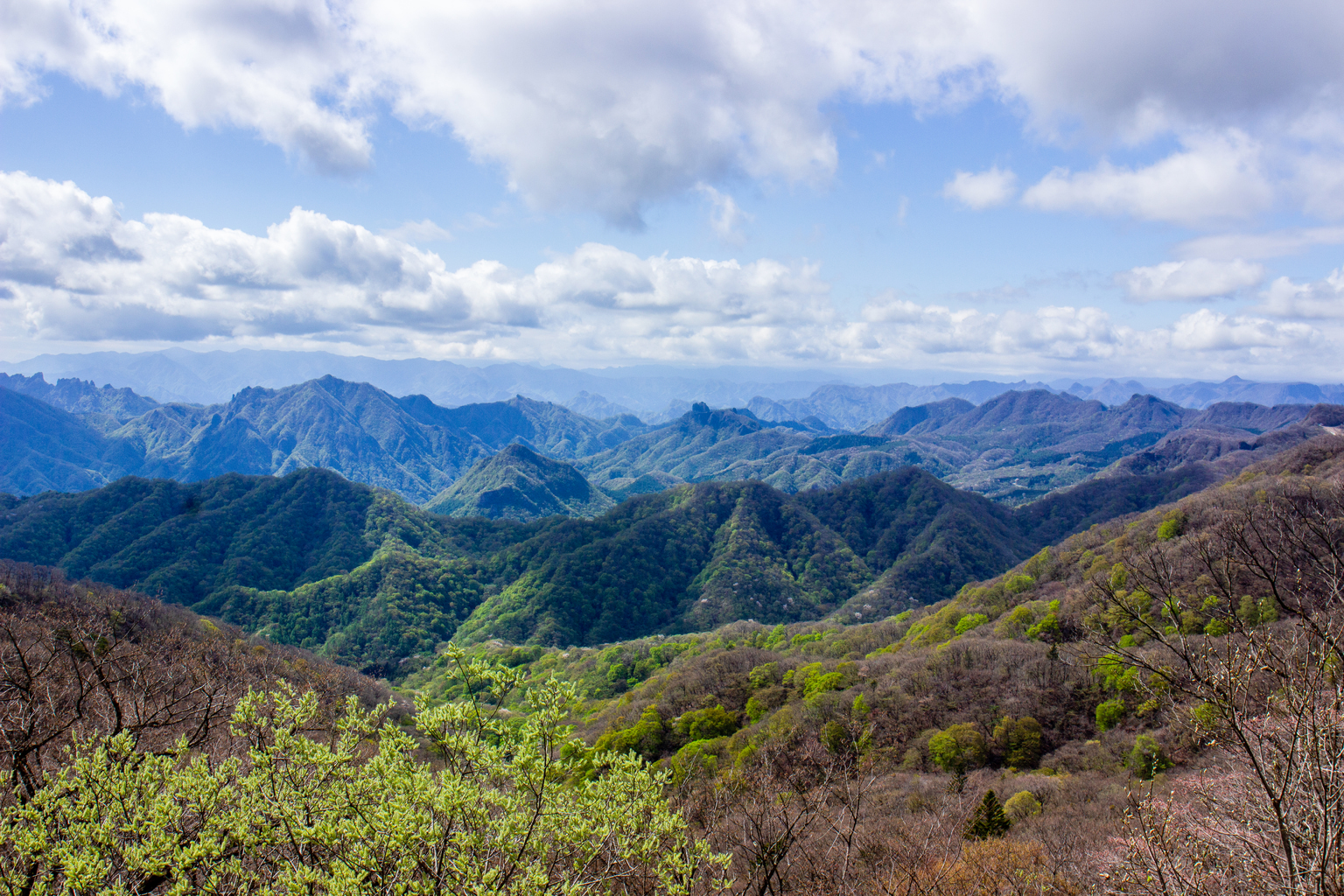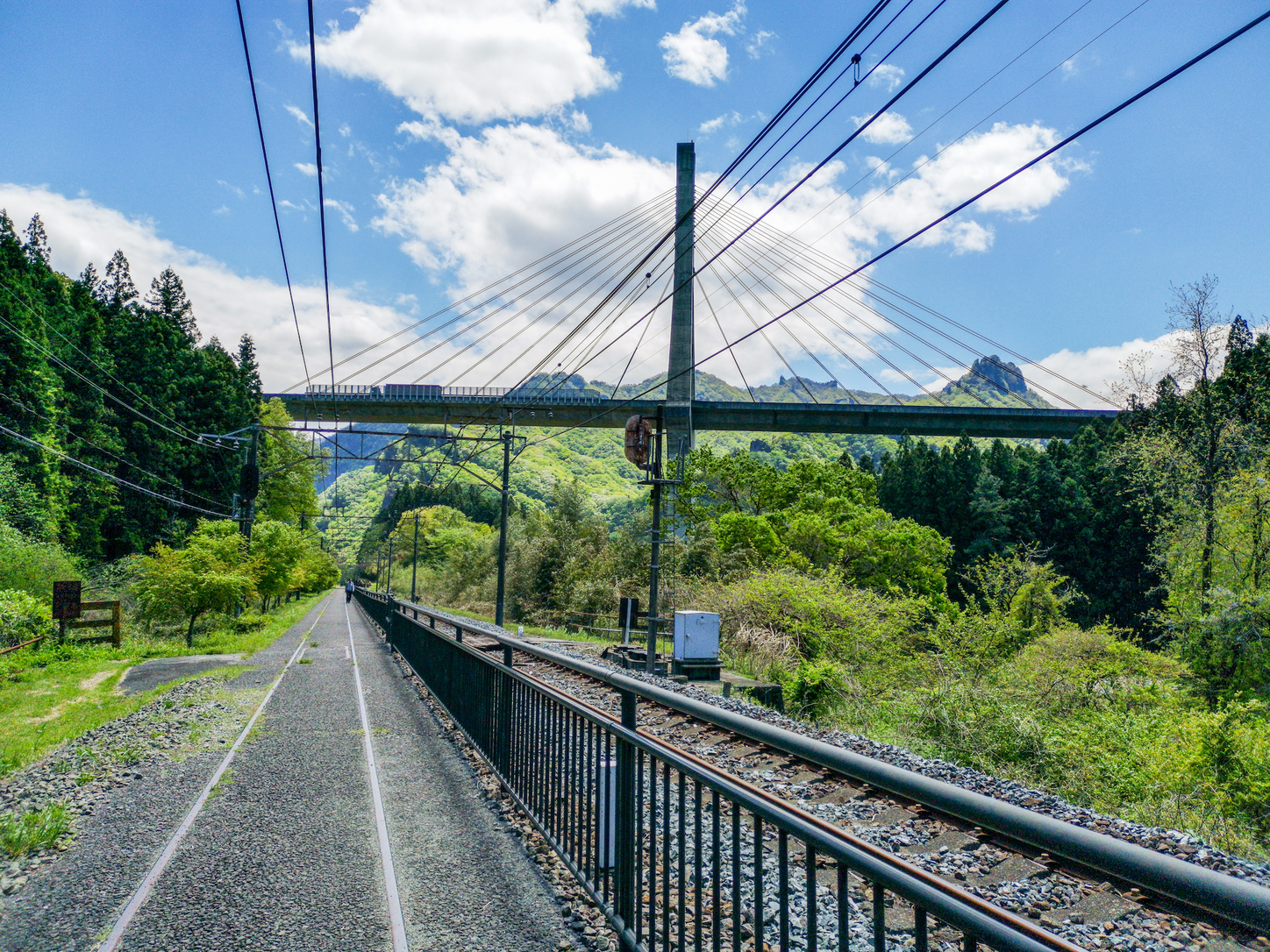Japan’s diverse countryside and spectacular nature are best witnessed by pulling on a pair of walking shoes and heading out into their midst. It was with this in mind that I invited my parents to hike the Nakasendo Way, an old route from the Edo period that stretches from Kyoto to Tokyo. I was proposing five days of walking, carrying everything on our backs. That’s not everyone’s cup of tea, but my parents are adventurers – or at least, up for a challenge.
In truth, the appeal of the trail lies in the fact that it balances glimpses of rural life with wilder mountain paths, all divided between post towns that provide accommodation for the night. Traditional ryokan bestow Japan’s famous omotenashi (hospitality) upon weary travelers, and nothing is more motivational for hiking than the promise of a multi-course dinner and soft bed (or futon). Prepared for aching legs and full bellies, we began our journey through Japan’s landscape and history.
Day One: Magome to Tsumago
Our starting point is the post town of Magome, to the north of Nagoya, and one of the most popular sections. Traditional wooden houses – now filled with all the tourist trinkets imaginable – line a cobbled steeply sloping street. The village was ravaged by fire multiple times, and the charming structures are mainly the result of renovation work in the 1960s, but the atmosphere is postcard perfect. It’s a fairly easy eight-kilometer walk that stretches up over a hill before a long gentle decline to the next town of Tsumago.
Our accommodation for the night is Fujioto Ryokan. It echoes olden times from its exquisite garden to the ubiquitous tatami mats, and that awkward moment when you’re shown to the shared family bathroom – the only bathroom – and my parents stare at me in disbelief at the lack of private facilities.
Still, with flower blossoms that almost spill into our room through the windows, Fujioto looks like paradise, and it tastes like one too. We are presented with the very best of Nagano cuisine: grilled ayu, pickled warabi (bracken) and simmered hachinoko (bee larvae); bright pink sashimi of Shinshu salmon, a new kind of trout bred in Nagano Prefecture; tempura that resembles miniature works of art. Perhaps the highlight, however, is Shinshu beef cooked in hoba-miso – a miso sauce on a dried magnolia leaf. It’s tender, umami-full, flawless.
Day Two: Tsumago to Nojiri
With over 20km to cover and most of it uphill, this is our longest, hardest day. Of course, that means we immediately get lost, adding three kilometers to our route. We pass through countless rural hamlets surrounded by rice paddies and vegetable patches. On one hummock, we come across an elderly lady picking wild plants. Could this be the epitome of a rural idyll?
The answer comes swiftly. The path dips through a dense forest and a sudden rustle turns my head to the right, just in time to glimpse a bear disappearing into the bushes. I suddenly realize I have no idea what one should do at times like this. But, as Mom points out, all we need is to run faster than Dad.
We mention the bear to two hikers heading in the opposite direction and they promise to report it. At the next hamlet, loudspeakers are announcing the sighting.
Meadows and sun-striped paths under pine trees lead us down into Nojiri, where we must wait for a train – a rare species in the deep countryside. Yet we discover Café Donguri, an oasis in an otherwise silent town. An attentive woman revives us with delicious syphon coffee. My father devours vanilla ice cream in devout silence and with an air of relief.
Day Three: Yabuhara to Narai
We awake this morning in Kiso-Fukushima, a town nestled in a valley. In Edo times, it was an important stop due to its sekisho, or checkpoint, one of only two along the Nakasendo. Here, travelers were made to present their passes before being allowed on their way. The ruling Tokugawa regime had a clever strategy to thwart rebellion: it operated a system where all feudal lords had to leave their families in Edo as hostages. Any women in disguise on the road would have been a sign of plans for an uprising.
For our next hike, we take a short train ride to Yabuhara where we climb a pass. The landscape is more forested, with tall deciduous trees and paths of dappled sunlight. A quick but comfortable decline leads us to Narai with a main street that extends impressively for a kilometer. As one of the most prosperous post towns, it was known as “Narai of a Thousand Inns.” The wooden facades also bear an unusual design of the second floor jutting out slightly further than the first, giving them a charming top-heavy appearance.
Day Four: Matsumoto, Karuizawa
A sightseeing and travel day, we hop straight on a train to Matsumoto, a city that stretches out in a manner as relaxed as its general ambience. Here, we stroll over to Crow Castle, so-called due to its striking black color. It is considered one of the finest castles in Japan and the main keep, completed in the late 16th century, still maintains its wooden interiors and external stonework.
We travel on to Karuizawa and check in to Tsuruya Ryokan. With its fine upholstered armchairs and antique furniture, it exudes a European aesthetic to match the nearby Old Karuizawa Ginza Street lined with French bakeries, art galleries and even Scandinavian fashion. The town is a popular getaway for affluent Tokyoites, and it feels a world away from the rustic villages of the past few days. Our final ryokan dinner is opulent – tuna sashimi with ice plant and yuba, tamajimushi crab with broad beans and truffle, Shinshu beef hotpot with arrowroot. We dine like royalty, as a flash of lightning illuminates the room and a storm rolls in.
Day Five: Karuizawa to Yokokawa
“What on earth was that loudspeaker at one in the morning?” my mother complains. I had slept through but the mystery is soon revealed. Just a couple of doors down, a burned building is surrounded by onlookers. Lightning can strike very close to home.
We take a taxi up to Touge, the ridge from where we are to begin our final hike. There, the view is so vast and dramatic that it stirs a leap of excitement in the stomach at the seeming impossibility of it. It’s the most contrasting scenery so far and we gaze out over the deep greens and blues of the blocky Gunma mountains.
The 10-kilometer decline to our final destination takes us through more deciduous forest as we jump fallen branches and cross a stream. We pass what looks like an abandoned hotel, dust on a forlorn counter, dry leaves in the bath. Eventually, we drop down into the valley and follow a paved path next to the railway line. But, just as we think we have left the wilderness behind us, three monkeys dart across our path. My parents are excited to spy them. I’m just glad they’re not bears, I think, as we board our train back to Tokyo’s metropolitan sprawl.
Photographs by Phoebe Amoroso

